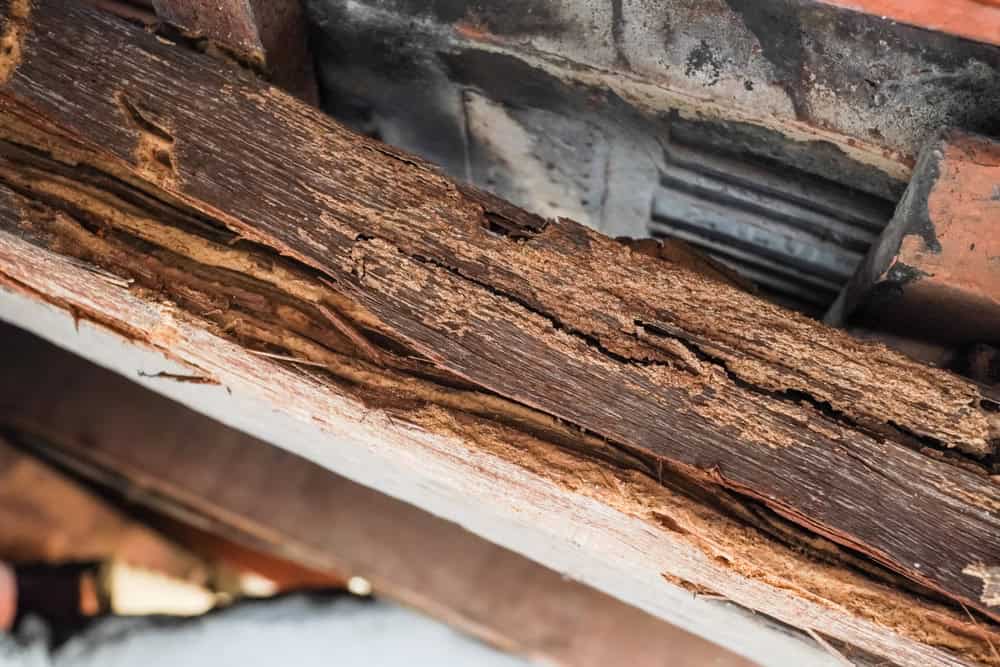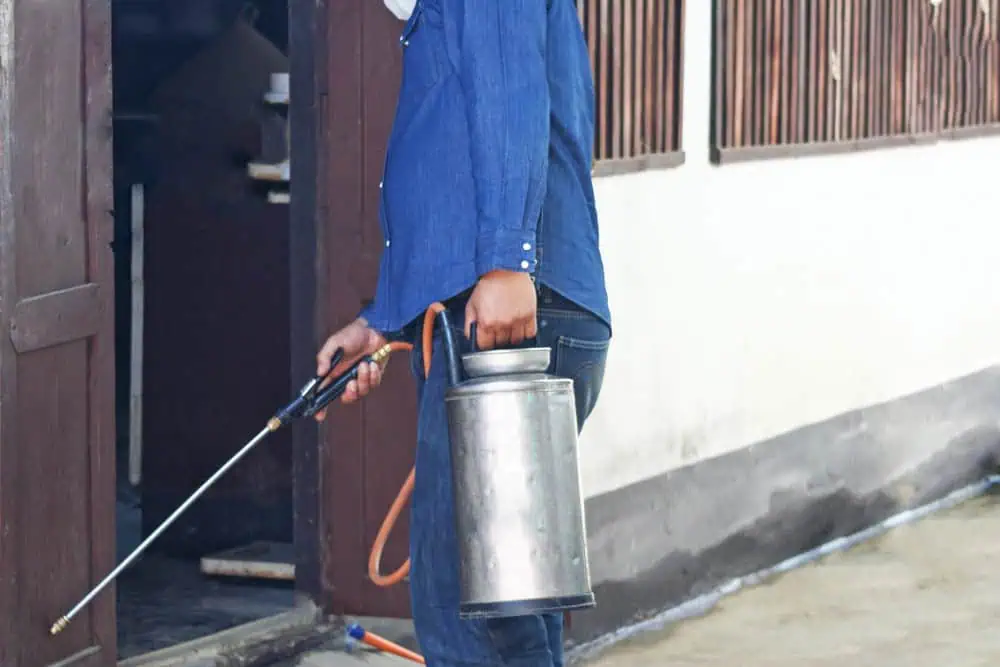Complete termite elimination and prevention that actually works—protecting your Murphy home from costly structural damage.

Hear from Our Customers

You’ll sleep better knowing your home is protected from the silent destroyers that can cost thousands in structural repairs. Our termite treatment eliminates active infestations and creates barriers that prevent future problems.
No more wondering if those small wood shavings you found are a sign of something bigger. No more worrying about unseen damage happening inside your walls. You get complete peace of mind with a treatment plan designed specifically for your property and the termite species we find.
Murphy’s older homes face unique challenges with both subterranean termites that attack from below and drywood termites that can infest any wood structure. You need treatment that addresses both threats and keeps working long after we’re done.
86 Pest and Wildlife Removal has been protecting Murphy homes from termite damage for years. We understand how New Jersey’s climate and soil conditions create perfect environments for termite colonies to thrive.
We’ve seen what happens when termite problems go untreated—foundation damage, compromised floor joists, and repair bills that reach into the tens of thousands. That’s why we focus on thorough elimination and long-term prevention rather than quick fixes that don’t last.
Our team knows the difference between subterranean termite mud tubes and carpenter ant damage. We can identify drywood termite pellets and locate entry points that other companies miss.

We start with a comprehensive inspection of your property, checking foundation areas, crawl spaces, basements, and any wood structures where termites typically establish colonies. You’ll know exactly what we find and where the problems are located.
Treatment depends on what we discover during inspection. For subterranean termites, we create chemical barriers around your foundation and treat soil areas where colonies are active. Drywood termite treatment involves targeted applications to infested wood and entry points.
After treatment, we monitor your property to ensure the termites are eliminated and don’t return. You’ll receive documentation of our work and recommendations for preventing future infestations. Most treatments show results within days, with complete elimination typically achieved within weeks.

Ready to get started?
Your termite treatment includes a thorough property inspection, identification of termite species and infestation levels, and a customized treatment plan. We use professional-grade termiticides that aren’t available to consumers—products that actually eliminate colonies rather than just repelling individual termites.
For subterranean termites, we treat soil areas around your foundation and any wood-to-ground contact points. Drywood termite treatment focuses on infested wood structures and potential entry points. You’ll receive detailed documentation of what we found and what we treated.
We also provide guidance on moisture control and structural modifications that make your property less attractive to termites. Murphy’s humid summers and older housing stock create conditions that termites love, but simple changes can make a significant difference in preventing future problems.
